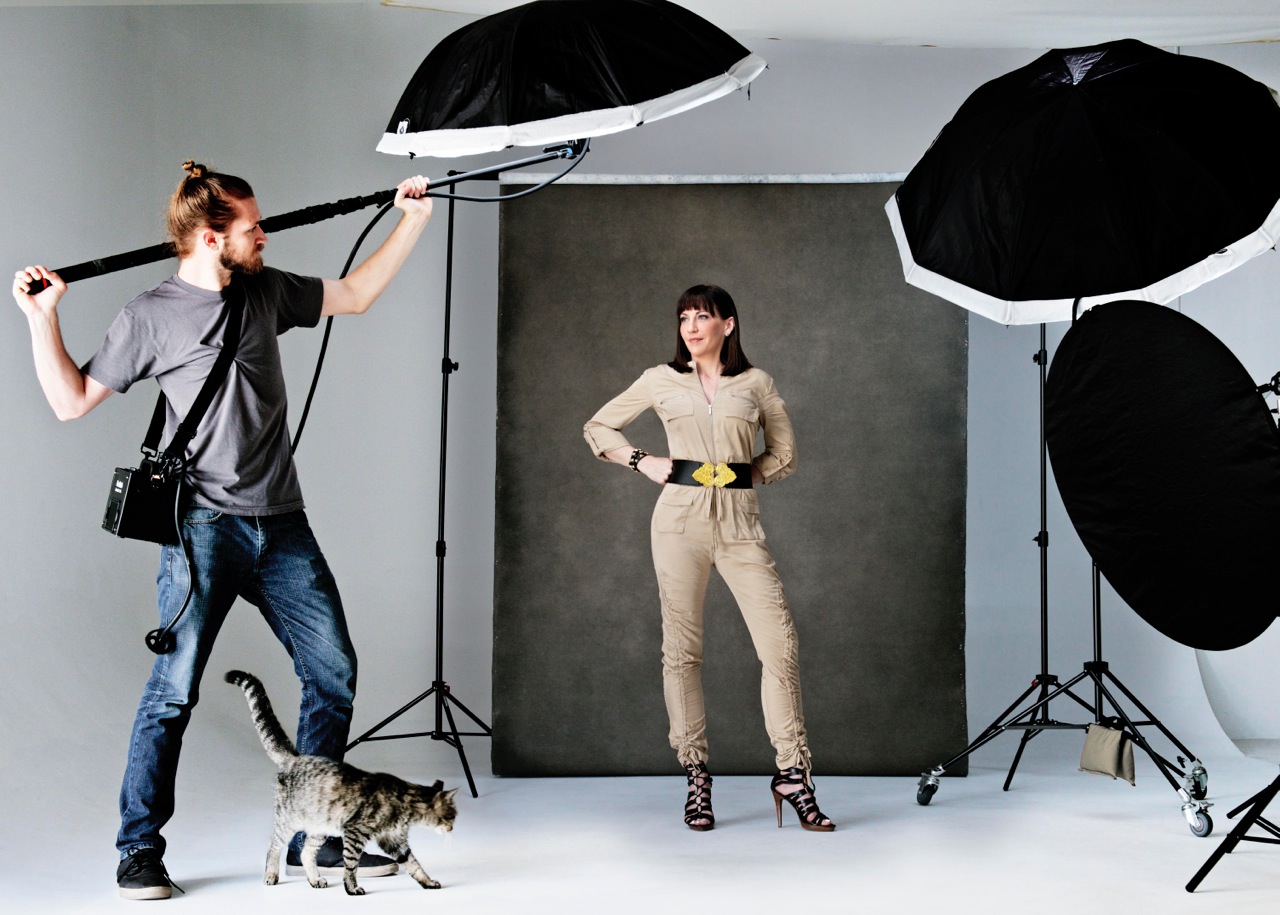What Is the Ideal Lighting for Crime Scene Photography?
In crime scene photography, selecting the right lighting is essential. The fundamental question of what is the ideal lighting for crime scene photography plays a vital role in capturing the intricate details necessary for investigations and evidence presentation. The correct lighting can distinguish a photograph that is admissible in court from one that falls short.
Overly bright lights can obscure important details, while insufficient lighting might overlook critical elements. Understanding the various lighting techniques and their effects on your photographs is crucial. Professional photographers must arm themselves with the right knowledge and tools to ensure that their crime scene images fulfill their intended purpose.

The Significance of Lighting
Lighting is not just about setting a mood in photography; in the realm of crime scene photography, it carries even greater weight. It brings forth details that might be missed in natural light, captures the nuances of shadow and texture, and enhances the overall clarity of the crime scene.
Law enforcement agencies heavily depend on these photographs for case investigations. Therefore, making an informed choice about lighting not only assists in the technical aspects of photography but is also crucial for the judicial process.

Various Lighting Types in Crime Scene Photography
Professional photographers can implement various types of lighting, including:
1. Natural Lighting
At times, natural light can be the best option. During daylight hours, it can provide authentic colors and shadows. However, it may be difficult to control and is influenced by the time of day and weather conditions. This type of lighting is especially effective for outdoor crime scenes. For more information on the advantages and disadvantages of different camera types, you can refer to camera advantages.
2. Artificial Lighting
Artificial light sources, including flash units or continuous lights, offer greater control and consistency, making them preferable for indoor crime scene investigations. These lights can be adjusted in intensity and distance to emphasize specific details.
3. LED Lighting
LED lights are becoming increasingly favored in crime scene photography due to their adjustable brightness and low heat output. They also require less power and can be modified with various accessories to change their lighting quality.
4. Flash Lighting
Utilizing flash can capture motion and unveil details that might not be visible otherwise. Properly diffused flash reduces harsh shadows, making it simpler to accurately represent the scene.

Lighting Techniques for Crime Scenes
Regarding what is the best lighting for crime scene photography, mastering specific techniques is just as crucial.
1. Employing Multiple Light Sources
Using multiple light sources can effectively illuminate a scene more uniformly. This is particularly significant in crime scene photography where shadows might conceal vital information.
2. Direction of Light
The light's direction can significantly change the scene's appearance. Side lighting creates depth, while frontal lighting minimizes shadows. Depending on the scene's requirements, both techniques can aid in capturing the necessary information.

Legal and Ethical Considerations
Photographers must be mindful of ethical implications when photographing crime scenes. They should aim to portray the scene as accurately as possible without affecting any physical evidence.
Furthermore, photos from these scenes are often considered legal documentation; hence, handling lighting and exposure settings should remain consistent to ensure reliability throughout the process.
Advice for Setting Up Lighting
When gearing up for a crime scene shoot, professionals should take the following tips into account:
- Always have a backup light source handy.
- Conduct lighting tests beforehand to identify potential problems.
- Utilize light modifiers to soften harsh shadows.
- Adjust your settings concerning the existing ambient light.
Resources for Further Education
If you're interested in improving your knowledge of photography lighting, numerous resources can offer valuable insights. For example, consider reading about lighting for product photography or explore studio photography lighting basics.
Conclusion
In summary, the inquiry of what is the ideal lighting for crime scene photography does not have a one-size-fits-all answer. The specifics depend on each case and its unique circumstances. As a professional photographer, mastering lighting techniques can enhance the quality and effectiveness of your photographic evidence.
FAQs
1. What type of lighting is best for crime scene photography?
This can vary based on the scene but usually combines artificial and natural lighting.
2. Is using a flash acceptable during a crime scene shoot?
Yes, but make sure the flash is diffused to prevent overexposure of details.
3. Why is lighting so crucial in crime scene photography?
Proper lighting can uncover critical details essential for investigations.
As an Amazon Associate, I earn from qualifying purchases.

